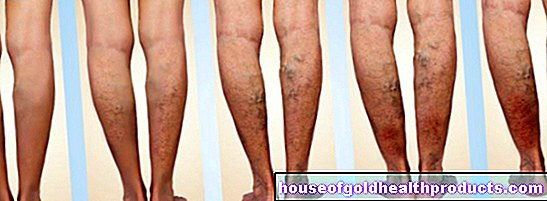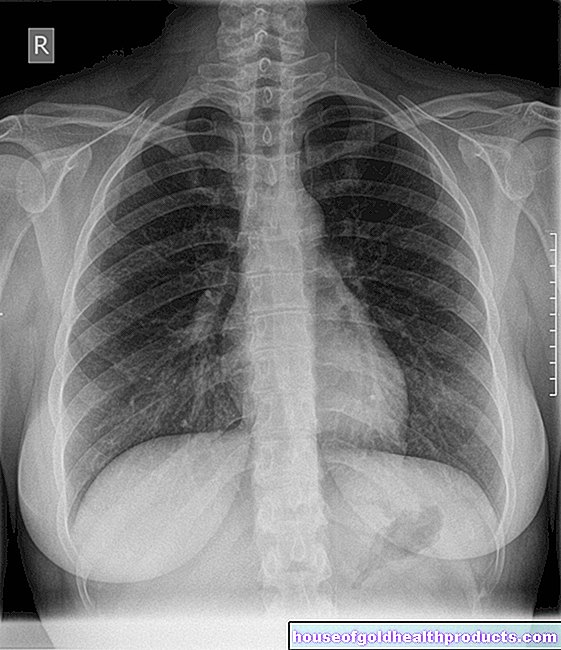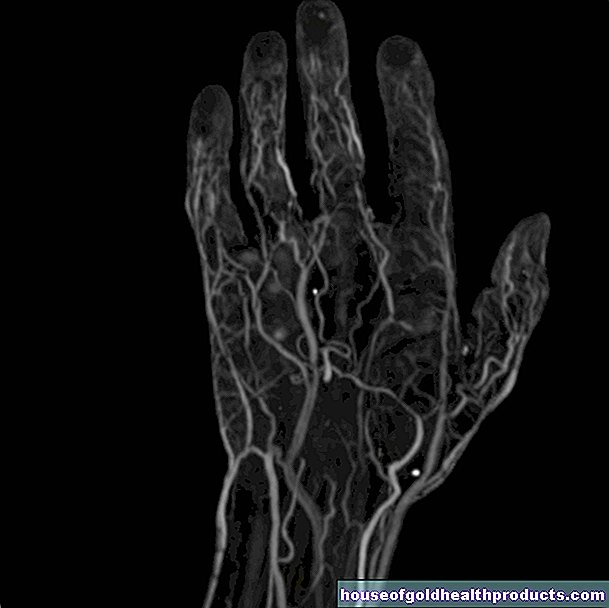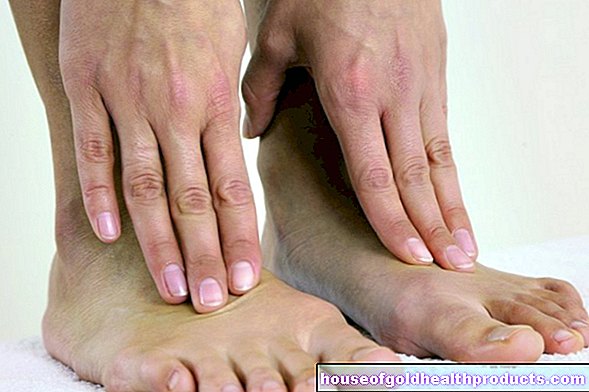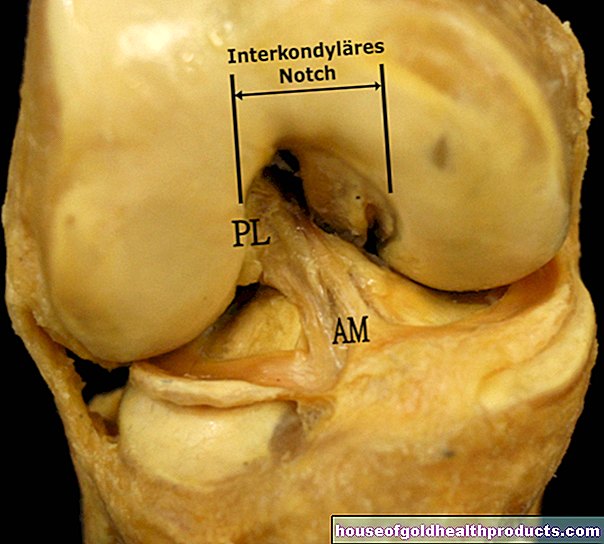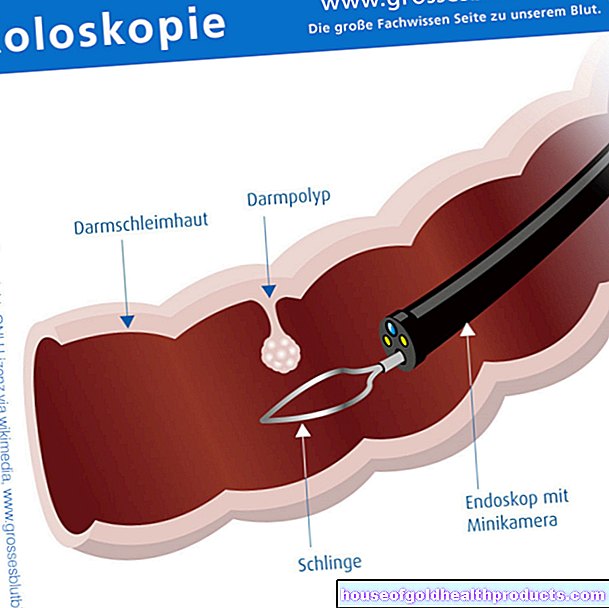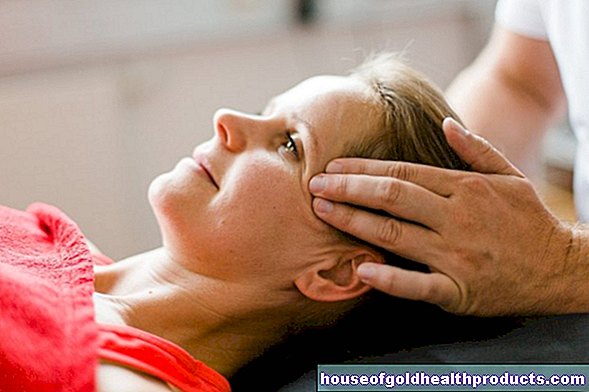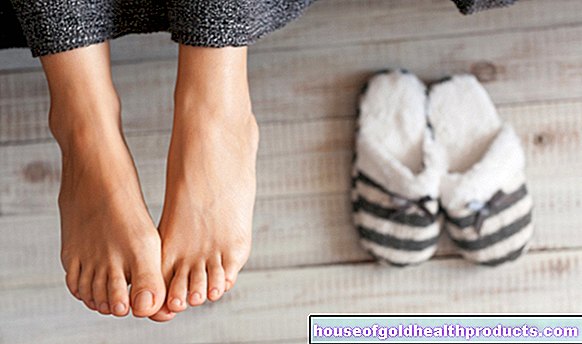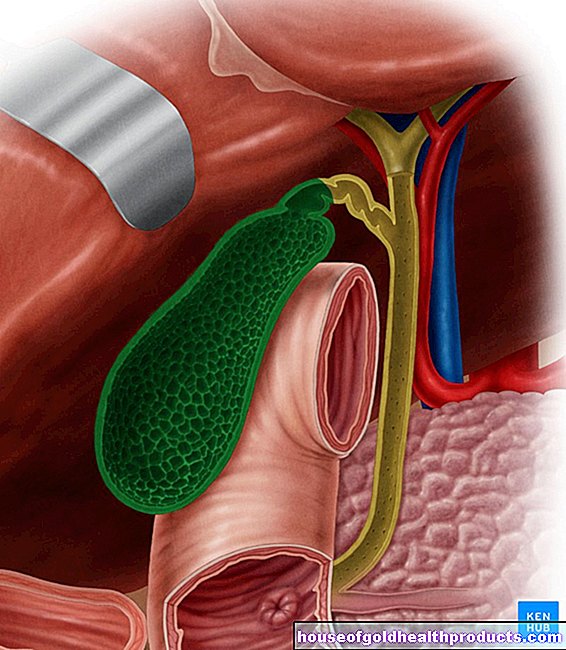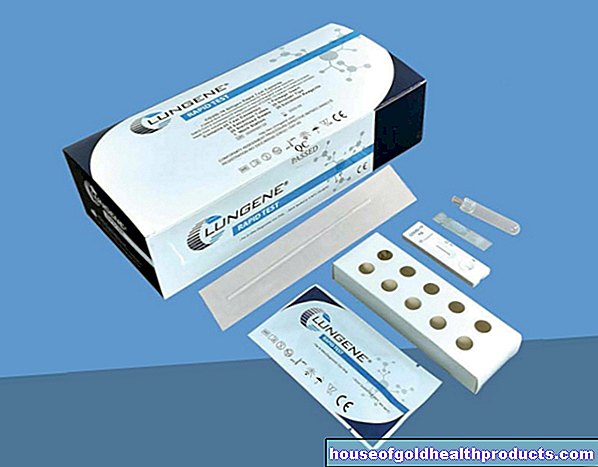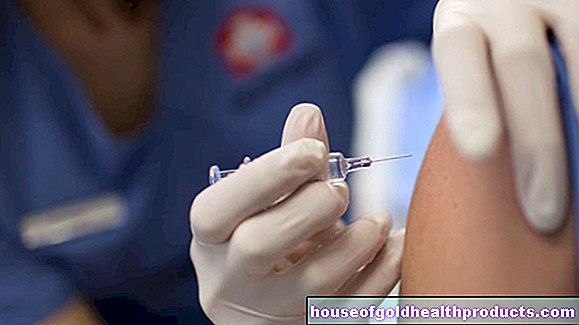Bone density measurement
All content is checked by medical journalists.The bone density measurement (osteodensitometry) is an important examination for the diagnosis of osteoporosis. The most frequently used method today is the so-called DXA measurement (dual X-ray absorptiopmetry). Other methods are quantitative computed tomography or quantitative ultrasound. Here you can read everything you need to know about the examination procedure, the possible risks and when it makes sense to measure the bone density.

What is a bone density measurement?
Bone density measurement is a diagnostic procedure with which the structure of the bone can be assessed. It is also known as osteodensitometry in technical terms.
When do you take a bone density measurement?
The main purpose of the bone density measurement is to assess osteoporosis (bone loss). Women suffer from this disease more often than men, especially after menopause. Osteodensitometry is recommended for the following patient groups, among others:
- Women> 65 years
- Women <65 years of age if there are one or more risk factors for osteoporosis (for example, nicotine or alcohol consumption, obesity, early onset of menopause)
- Postmenopausal women with broken bones
- Hormone therapy over several years
- long-term use of certain medications (such as cortisone or heparin)
- clear symptoms typical of osteoporosis (bone pain, hunched back, increased bone fractures)
- Hyperthyroidism or overactive parathyroid
- chronic renal failure
- Anorexia nervosa
- Condition after organ transplant
- previous gastrointestinal surgery
Currently, however, the bone density measurement is only reimbursed by the statutory health insurances if there is at least one osteoporotic bone fracture.
Another clinical picture in which bone density plays a central role is osteomalacia. Too few minerals are built into the bones. This can be proven by measuring the bone density.
How is bone density measured?
There are currently various methods that doctors can use to measure bone density:
DXA / DEXA measurement
The DXA method is the most frequently used method for measuring bone density and is used for diagnosis and therapy control. The hip and lumbar spine are bombarded with X-rays in two different intensities. Depending on the strength of the radiation, the radiation is absorbed to different degrees by tissue of different densities. The density of the bone is then calculated from the measured proportions of absorption.
Quantitative ultrasound
With this method of measuring bone density, the doctor positions an ultrasound transmitter and a corresponding receiver on two opposite sides of the bone. Usually it is the heel bone, the spoke or the finger bones. The doctor now determines how much the ultrasound waves emitted by the transducer are attenuated by the bone.
Quantitative computed tomography
Quantitative computed tomography is another method of measuring bone density. It works like a completely normal CT scan: the patient is driven through a computer tomograph lying on their back, which takes slice images of the vertebral bodies. This method captures the small trabeculae well, but is rarely used to measure bone density due to the increased radiation exposure.
Bone density measurement: values and their meaning
With the DXA bone density measurement, the so-called T-value is recorded. This is the standard deviation from the mean value of the bone density of a healthy 30-year-old person.
|
Measured T value | |
|
Normal bone |
> -1 standard deviation |
|
Osteoporosis precursor (osteopenia) |
-1 to -2.5 standard deviations |
|
Preclinical osteoporosis |
<-2.5 standard deviations |
|
Manifest osteoporosis |
<-2.5 standard deviations + at least one osteoporotic bone fracture |
What are the risks of a bone density measurement?
The bone density measurement is not associated with pain for the patient. The radiation exposure to which the patient is exposed during the examination is also relatively low with the current DXA measurement and the ultrasound-based method and does not lead to consequential damage.
With osteodensitometry using computed tomography, on the other hand, the radiation exposure is greater, which is why it has not established itself as the method of first choice and is only carried out for special indications.
What do I have to consider after a bone density measurement?
After the bone density measurement (DXA, ultrasound, CT), you as a patient do not need to observe any special precautionary measures. Depending on the result, the doctor will take further steps: If you have normal bone density, a new examination in one to two years will suffice, depending on your individual risk factors.
If, on the other hand, the bone density measurement shows osteoporosis, the doctor will use further examinations (such as blood and urine tests) to determine the cause and initiate suitable therapy.
Tags: medicinal herbal home remedies home remedies therapies
.jpg)




